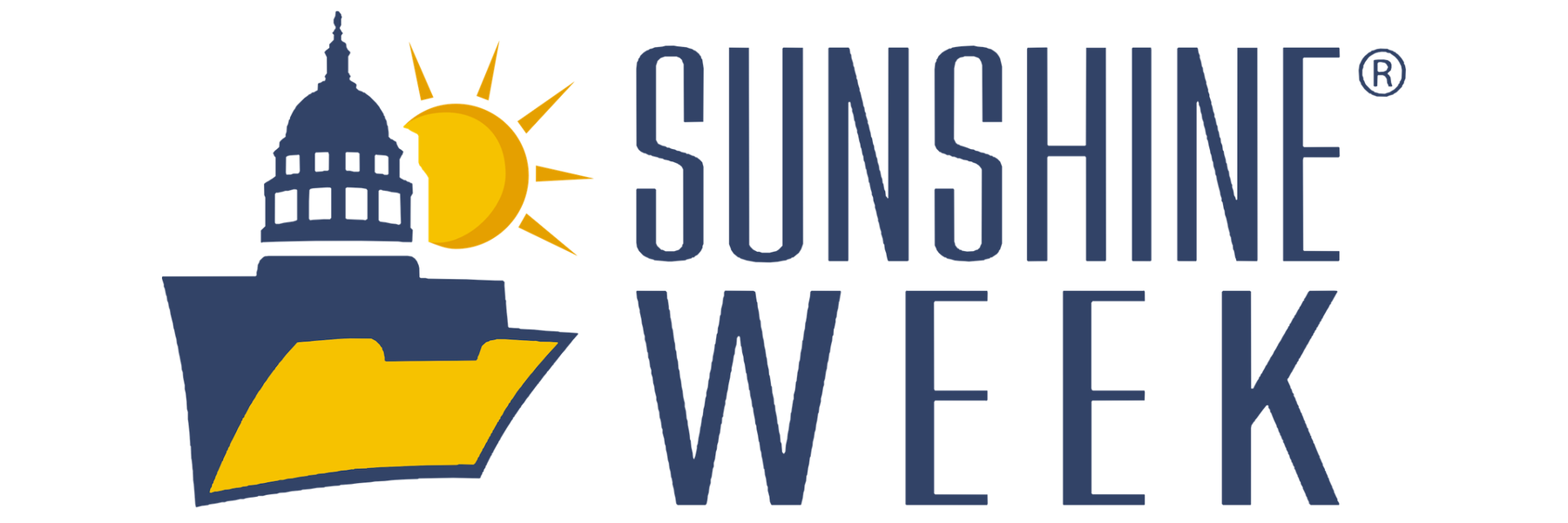The state of public records law continues to shift as both support and opposition to transparency grow. Over the last nine months, we’ve taken a look at the barriers to access, legislative efforts to reform public records law, and advocacy to bring more sunshine into government agencies. Despite differing sides to the issue, it’s clear that transparency has become increasingly important topic for all.
Last year we saw a big push from the Tennessee Coalition for Open Records urging state lawmakers to take a look at over 500 exemptions in the law. In the South The New Orleans Advocate won a huge legal battle after a judge ruled the Louisiana State Police must release body-camera footage. In Washington state, legislatures continue to discuss new ways to extend the public records law to their body of government, despite two failed attempts to bring sunshine into their branch. And for the first time in Georgia’s history, a government employee faced criminal charges for delaying a public records request as a result of a local tv-station’s reporting. Although varying in success, these issues show the continuous support for government transparency and the interest in access to state entities.
The growing interest to keep government accountable has also sparked stern opposition as policymakers pushback on attempts for access into their work. In California, the state’s Attorney General demanded a group of journalists destroy records on convicted police officers, despite the records being obtained thru a public records request. Most recently, a DC lawmaker introduced an amendment to block government emails, which was tucked away in a 160-page budget report. In Virginia, a judge ruled to exempt its entire judicial branch from the state’s FOIA law. In the face of legislative reform to limit access, conversations on transparency have allowed policymakers to reach across the aisle and engage with advocacy groups to find resolutions. Although differing on opinions, it’s important to recognize that these dialogues are taking place in the first place.
Introduction
Part One: Barriers to access
Part Two: Legislative reform
Part Three: Transparency advocates
Conclusion
Image via Joint Base San Antonio




